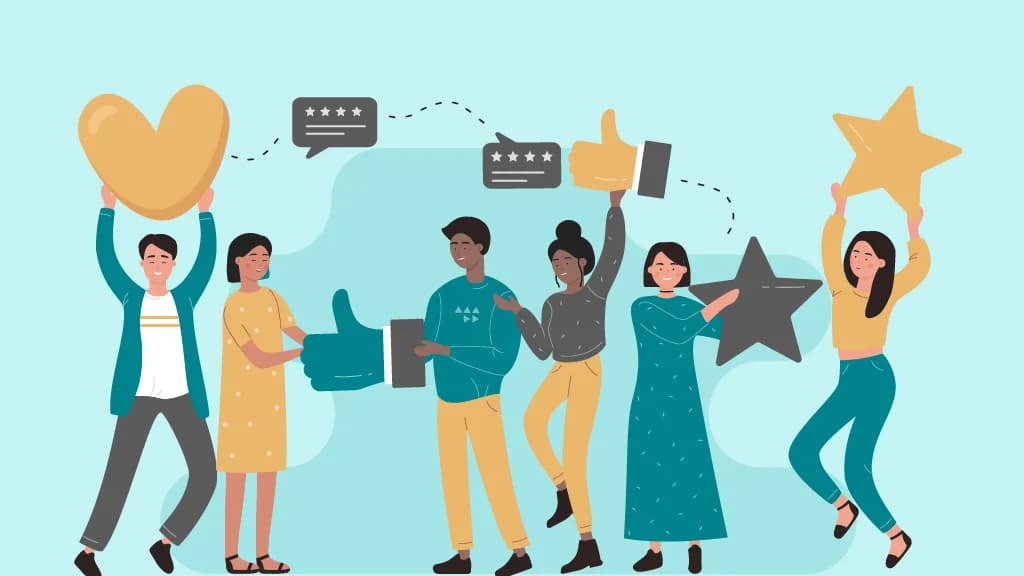
The Silent Architects of Workplace Culture
What is Inclusive Language?
The Tangible Impact of Inclusive Language: Beyond Good Intentions
- Enhanced Belonging: When people hear inclusive language, they feel more connected and safe within their teams.
- Improved Collaboration and Innovation: A sense of safety encourages people to speak up, which leads to more ideas and better teamwork.
- Stronger Employer Brand and Reputation: Companies that show real commitment to inclusion naturally attract and keep great talent.
- Reduced Misunderstandings and Conflict: Respectful language leads to clearer communication and smoother working relationships.
7 Practical Tips for Inclusive Language
- Prioritize Gender-Neutral Language
- Avoid using words like "guys" or "mankind" that lean toward one gender.
- Innovative platforms can flag such terms and offer neutral alternatives right when you're typing.
- Try saying "Hi everyone" or "Team" instead of "Hey guys."
- Respect Pronouns and Self-Identification
- Always use the pronouns someone prefers and honor how they identify.
- Make sure profiles give space to share pronouns and show them while drafting messages.
- Include options like he/him, she/her, they/them, and others in profile settings.
- Focus on People-First Language
- Put the person before any label or condition.
- Platforms can help by spotting phrasing that could be more respectful and suggesting better alternatives.
- For example, say "person with a disability" instead of "disabled person."
- Avoid Jargon, Acronyms, and Cultural Slang
- Keep your messages clear and easy to understand, no matter someone's background.
- Let tools flag heavy jargon or unclear acronyms and suggest simpler language.
- Instead of "Let's align on the Q3 OKRs ASAP," you could say, "Let's talk about our third-quarter goals soon."
- Embrace Linguistic Diversity and Global Sensitivities
- Be thoughtful with phrases that may not make sense across cultures.
- Platforms can give tips on phrasing that works better in different regions.
- Something like "knock it out of the park" might not connect globally.
- Challenge Assumptions and Stereotypes
- Watch out for language that carries hidden bias, whether it's about age, race, religion, or anything else.
- Tools can send gentle alerts when wording might reinforce a stereotype.
- For example, instead of assuming all parents are mothers, say "parents or guardians."
- Encourage Feedback and Continuous Learning
- Foster a space where people feel safe giving feedback about language use.
- Let employees share feedback anonymously and keep track of learning progress across the team.
- Use platforms to collect these insights and help HR understand where support is needed.
Examples of Inclusive Language in the Workplace
General Greetings
Instead of: “Hey guys,” “Ladies and gentlemen.”
Try: “Hi everyone,” “Team,” “Folks,” or “Valued colleagues.”
Referring to Roles/Titles
Instead of: “Policeman,” “Fireman,” “Stewardess”
Try: “Police officer,” “Firefighter,” “Flight attendant”
Discussing Abilities/Disabilities
Instead of: “Confined to a wheelchair,” “Disabled parking.”
Try: “Uses a wheelchair,” “Accessible parking.”
Referring to Marital/Family Status
Instead of: “Husband/Wife,” “He’s a working man”
Try: “Partner,” “Spouse,” “He’s a working professional.”
Avoiding Ageism
Instead of: “Elderly,” “Senior citizen” (unless someone prefers it)
Try: “Older adult,” “Experienced professional”
Building a Connected Future, Word by Word
Using inclusive language is one of the most effective ways to build a workplace that’s both united and productive. When organizations understand their value and take real steps to support it, they set the stage for a team that feels more engaged and genuinely satisfied. Tools like AdvantageClub.ai offer innovative solutions to help grow these connections, making sure every person feels heard and appreciated.






